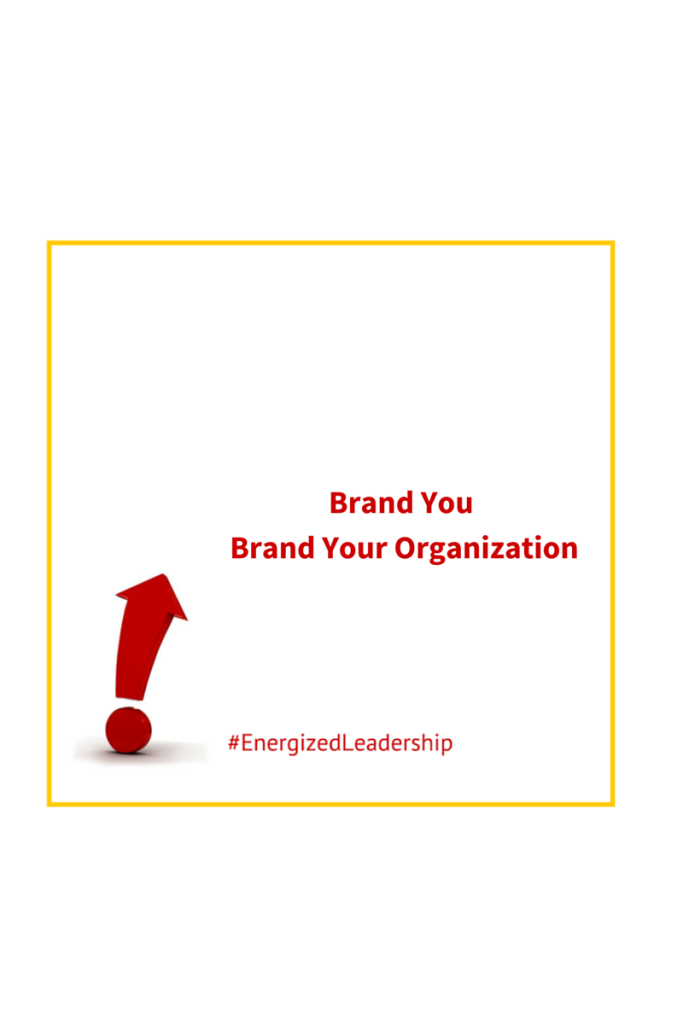Last week, I participated in the people skills chat hosted by @KateNasser, and the topic was “Stop Bullying.”
No doubt that bullying is bad, it is violent and the consequences are disastrous. However, where does bullying start from? How does bullying start?
There are numerous articles on the Internet talking about the effects of bullying and what to do, to stop bullying. While it is important to raise awareness and take measures to stop bullying, the intricate complexity of the factors leading to someone being a bully is less discussed.
I came across an article in psych central on How A Bully Is Made and I quote an extract “Every bully does not have the same psychological profile. But understanding the possible factors behind the behavior can help us turn the tide against a deeply entrenched problem.”
It’s impossible to predict who will become a bully and who won’t, but researchers have found some patterns in the types of families. North Dakota State University professor Laura DeHaan sums up the findings as follows:
“Bullies tend to come from families that are characterized as having little warmth or affection. These families also report trouble sharing their feelings and usually rate themselves as feeling less close to each other. Parent of bullies also tend to use inconsistent discipline and little monitoring of where their children are throughout the day. Sometimes parents of bullies have very punitive and rigid discipline styles, with physical punishment being very common. Bullies also report less feelings of closeness to their siblings.”
What can each of us do, to prevent the future bullies?
1. Check your own behavior
How do you come home after a frustrating day ? What is the language you use at home with your partner and friends? How do you manage your emotions?
You are the role model for your children. What kind of role model are you?
Upbringing forms the foundation of who we are and the paths we choose.
2. Stop promoting wrong behavior
Call on wrong behavior and address it with love and support to correct it. Don’t encourage conversations on violence, cheap sexual talk and jokes. Don’t promote watching movies or any other form of entertainment that has forms of bullying or violence.
3. Discourage talks of bullying and promoting such behavior in the groups that they are in
With Social media, bullying and trolling happens very often by people who take false identities. Speak up and report them and if you find people in your group talking nonsense about females or any talk that indicates that it is a form of bullying, stop it then and there.
Casual jokes, and cheap slap stick comedy is part of many people’s daily conversation or part of the dialogue in the social groups that they are in. If you are a silent spectator, then you are perpetrating behaviors that could affect the actions that result later. Have the courage to call on such talk and behavior in an appropriate manner.
4. Media
I don’t see any movie or so-called form of entertainment that has violence, sexual abuse, bullying, unless and until the movie or documentary has a positive message at the end of it and actively promotes stopping these ill behaviors.
Cheap entertainment sells because you are an audience to it. Every form of media has an impact on the audience and there are elements of every society, irrespective of country, that choose to follow these questionable behaviors because they think it is a fad.
5. Support
If you find your friend who is a parent or who is in a house with children, whose behavior you think is of concern, approach that person directly or through one of their trusted mates. In a supportive way encourage them to talk about themselves and listen. Determine how you can help or guide them.
6. Prevent Workplace Bullying
Stop rumors and don’t engage in spreading wrong news and gaining the attention of the crowd by adopting behaviors that put down people, or assassinate someone’s character. Do not play the “bystander role”. You make sure that you support the person who is going through this.
Prevention can only take place when a culture is built around stopping sexual harassment and other forms of verbal, physical and mental bullying. The leaders who are in responsible positions need to recognize it as their responsibility and be accountable for an environment that not only stops bullying but also prevents it.
I was sexually harassed by one of my bosses in one of the organizations and I got support from two people within the organization. Yet, the person continued to bully (in a suave way) people within his team. When I left the organization, I met human resources and gave a detailed account of what had happened. The human resources director asked me why I didn’t choose to report it earlier. My response to her was, would you have believed me? She didn’t know what to say. I told her speaking up cost me my job and I didn’t have support from anyone barring two people. Yet, here I am and I challenge you now to take the right action. Action was luckily taken, albeit late.
In organizations, it is imperative that people in senior management are aware, respect and promote a culture that cuts the roots of ill behavior as soon as they see it. They need to promote a culture which supports people who speak up against such behaviors. A friendly environment will foster respect and trust.
Prevention is better than cure and many people become bullies, suave or otherwise, because there is a root cause.
Address the root cause early on before it becomes a stigma and a path that causes harm to others and themselves. And where it is not prevented and you have a “bully boss” or “bully colleague”, ask yourself if you are in an organization that supports bully behavior and what can you do to stop it?
Coaching can help provided the attitude adopted by the bully is that they can do, need to do and want to do what is necessary to improve their behaviour and get the desired results.
What do you think are some ways to prevent a person from becoming a Bully? Your Thoughts ?
Are you looking to enhance your executive presence, improve the way you communicate and inspire others as a leader? Please connect with me for one-on-one coaching or group workshops or webinars or learn more on what suits your needs.












